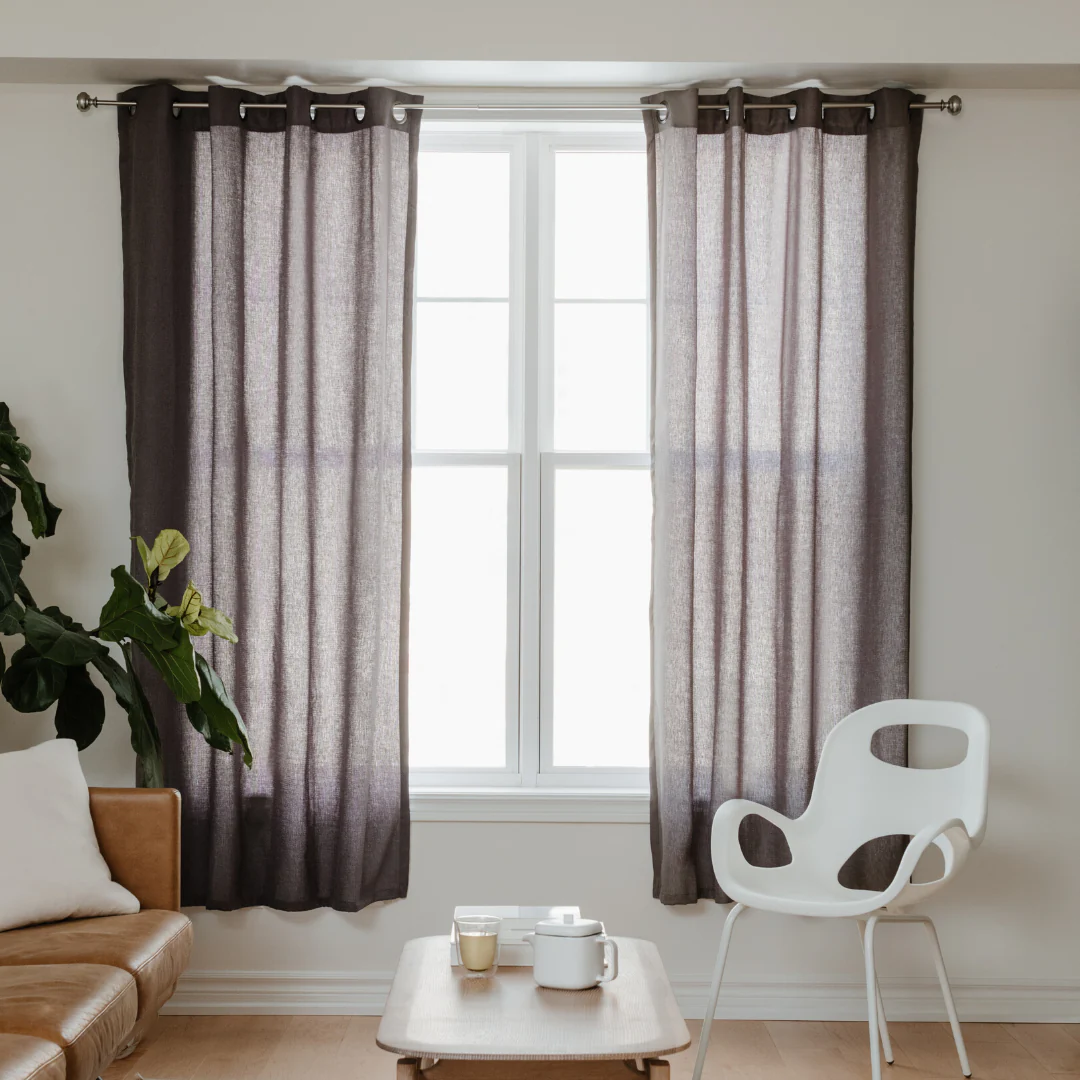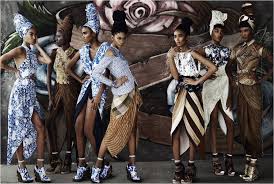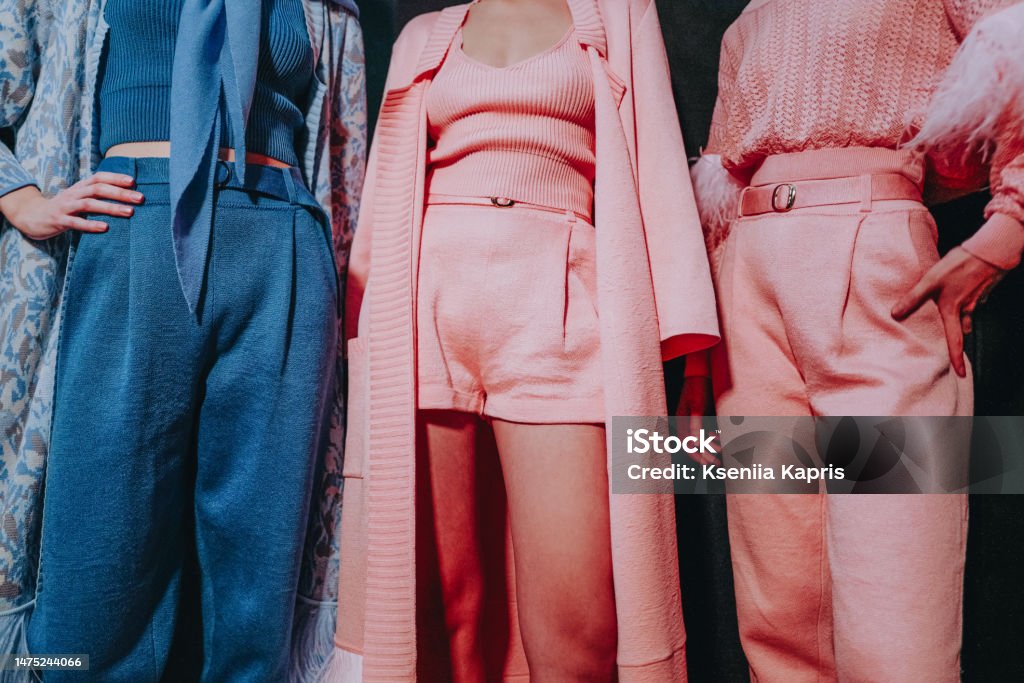Cent one-armed bandit provide a fun and affordable method to stávky naživo Rebuy Stars Casino wager for gamers that have a restricted budget plan. These devices enable you to bet small quantities of money while still giving you the opportunity to win big. With the advancement in modern technology, dime Continue Reading Ideal Cent Port Machines to Play
Blog
How to Choose the Ideal Dining Table for Your Family Gatherings
The dining table is often the heart of the home. It’s a place where family members gather to share precious moments. Whether for daily dinners or large family gatherings, choosing an appropriate table is essential. It must not only meet your needs but also fit harmoniously into your living space. Here are the essential elements to consider before making your choice.
First of all, the size of the table is an important criterion. It is crucial to assess the available space in your dining room. You must ensure that there is enough room to comfortably move around the table. Next, the shape of the table influences the atmosphere of the meals. For example, a round table encourages conversation by bringing guests closer together, while a rectangular table is ideal for large families.
The material of the table also plays a significant role. Solid wood adds a touch of warmth and natural beauty. In contrast, materials like glass or metal offer a more modern style. It’s also wise to think about practicality. A table with extensions can be very useful if you often have extra guests. Finally, the style of the table should harmonize with your interior decor to create a visually pleasing space.
In conclusion, choosing the ideal dining table depends on several factors. Size, shape, material, and style are key considerations. By taking these aspects into account, you can create a welcoming space for family meals while enhancing the aesthetics of your interior. Investing in a well-chosen table ensures unforgettable moments shared with your loved ones.
Fashion and Culture: The Influence of Global Traditions on Current Trends
Fashion and global culture are deeply intertwined, influencing our wardrobe choices and social perception. The clothes we wear not only express our personal style but also reflect our cultural traditions, values, and history. In this article, we will explore how culture shapes fashion trends, how fashion impacts our world, and how cultural traditions affect people’s lives and society as a whole.
How does Fashion and Global Culture influence fashion trends?
First and foremost, culture plays a pivotal role in shaping fashion trends. Designers often draw inspiration from the patterns, colors, and traditional textiles of diverse cultures to create innovative and captivating collections. For instance, African fashion with its vibrant wax prints, intricate Indian embroidery, and geometric patterns from Native American cultures have all found their place on international runways.
Additionally, cultural events and festivals also influence fashion. For example, Coachella Festival has spawned a distinct “festival fashion” style that has become a global trend. Similarly, specific clothing traditions from cultures like the Japanese kimono or Moroccan kaftan are reinterpreted by designers to appeal to a global audience while preserving their cultural essence.
How does Fashion and Global Culture influence our world?
Fashion and Global Culture has a profound impact on our world. It serves as a powerful means of personal and collective expression and can be a catalyst for social change. Movements towards sustainable and ethical fashion have raised awareness among consumers about environmental and social issues related to the fashion industry. This has led to an increased demand for responsibly produced clothing and prompted many brands to adopt more sustainable practices.
Moreover, fashion also influences the global economy. It is a key sector that generates jobs and revenue worldwide, from local sewing workshops to international haute couture houses. Additionally, fashion plays a role in cultural diplomacy by promoting exchanges and understanding between different cultures through collaborations and international partnerships.
How Do Global Cultures Influence People’s Lives?
Global cultures profoundly influence individuals by shaping their beliefs, values, and identity. Clothing traditions often reflect these cultural influences. Wearing traditional attire can be a way for individuals to connect with their roots, celebrate their heritage, or mark special occasions.
Furthermore, cultural exchanges can enrich people’s lives by introducing new perspectives and broadening their understanding of the world. Fashion trends inspired by different cultures allow individuals to explore and adopt diverse style elements, fostering appreciation and celebration of diversity.
How Does Global Culture Influence Society?
Lastly, global culture influences society in various ways by shaping social norms, behaviors, and daily practices. Fashion trends, as cultural expressions within **Fashion and Global Culture**, play a crucial role in this process. They can convey powerful messages about identity, belonging, and social values.
For example, the popularity of unisex clothing and non-binary fashion styles reflects evolving social perceptions of gender and identity. This can promote a more inclusive and tolerant society. Similarly, fashion movements that promote body diversity and beauty beyond traditional standards contribute to better self-acceptance and appreciation of diversity.
In conclusion, fashion and culture are closely intertwined, each influencing and shaping the other. Fashion trends derived from various cultural traditions enrich our world, while fashion itself, under the umbrella of “Fashion and Global Culture,” has the power to transform society by promoting acceptance, diversity, and social change. By exploring and celebrating this intersection, we can better understand and appreciate the richness of our global cultural heritage.
Exploration of Fashion and Aesthetics: Deciphering Trends and Values
Fashion and Aesthetics in Modern Society
Fashion and aesthetics are pivotal in our contemporary world, serving as reflections of societal norms, values, and aspirations. This cultural expression knows no bounds and constantly evolves under various influences. In this article, we explore the fascinating evolution of fashion and aesthetics, covering contemporary trends and the growing importance of ethics and sustainability.
Cultural Influence on Fashion: A Universal Language
Fashion transcends mere clothing; it serves as a universal language for expressing cultural and individual identities. From traditional garments to modern designs, each piece narrates a tale, echoing the history and traditions of its community.
Ethics and Sustainability: The New Frontiers of Fashion
Yet, the fashion industry grapples with mounting ethical and environmental challenges. Consumers increasingly demand sustainable and ethical practices from brands, scrutinizing production methods and labor conditions.
Current and Future Trends: An Exploration of Innovation
Every season introduces new trends, mirroring societal moods and concerns. From vivid hues to sleek profiles, fashion acts as a canvas where creativity and innovation sculpt contemporary aesthetics.
Fashion, an Endless Journey
In essence, fashion and aesthetics reflect both collective and individual identities. As the industry progresses, it’s imperative to address challenges and advocate for a more sustainable and ethical approach. Fashion remains an ever-evolving journey, where self-expression and ingenuity converge to define our visual landscape.








